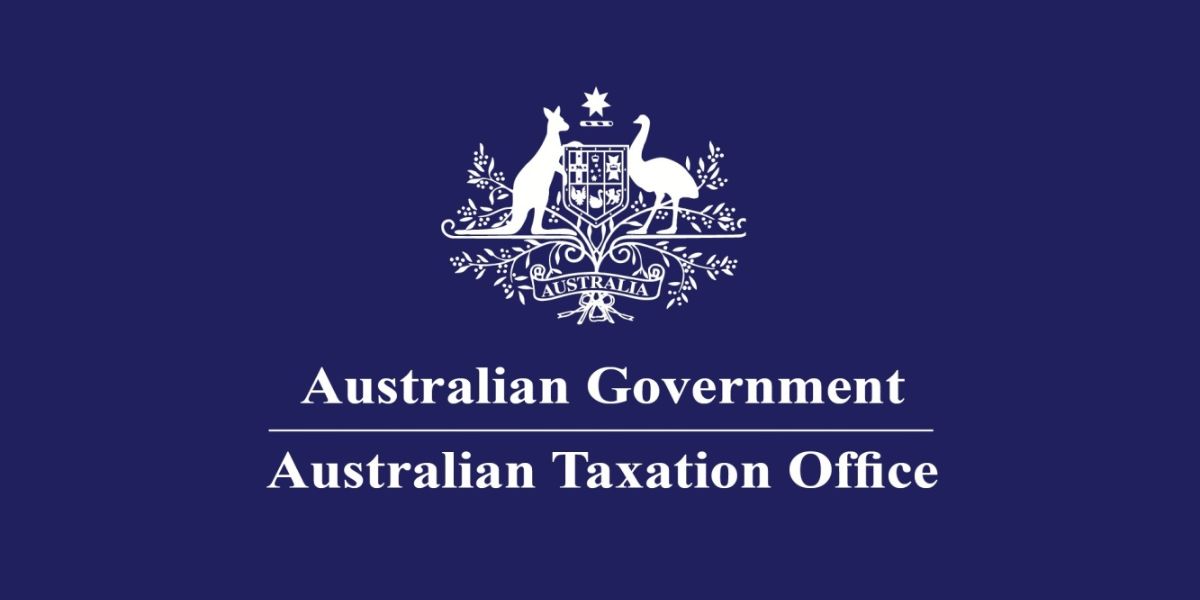The Australian Taxation Office (ATO) released the draft Taxation Determination (TD) 2024/D1 – Income tax: hybrid mismatch rules – application of certain aspects of the ‘liable entity’ and ‘hybrid payer’ definitions.
This draft Determination includes the following:
- Division 832 of the Income Tax Assessment Act 1997 (ITAA 1997) contains hybrid mismatch rules. In broad terms, these rules are designed to prevent multinational corporations from exploiting differences in the tax treatment of an entity or instrument under the laws of 2 or more tax jurisdictions.
- This draft Determination sets out our view on 2 separate but related issues. These are, whether:
-
- hypothetical income or profits within the tax base of a country can be used to identify a ‘liable entity’ or entities in the country for the purpose of section 832-325 and
- a ‘non-including country’ for the purpose of subsection 832-320(3) of the ‘hybrid payer’ definition can be a jurisdiction other than the country where the payee of the relevant payment is located or resides.
- All legislative references in this Determination are to the ITAA 1997 unless otherwise indicated.
- The identification of a ‘liable entity’ or entities in a country in respect of income or profits for the purpose of section 832-325 can be based wholly on hypothetical income or profits within the tax base of the country. This will be necessary where for example:
-
- an entity has not actually derived any income or profits in a particular period or
- an entity has derived income or profits in a particular period, but no part of those income or profits are within the tax base of the country.
- For the purpose of subsection 832-320(3), a non-including country can be a jurisdiction other than the country where the payee of the relevant payment is located or resides. Therefore, the laws of a jurisdiction other than the country where the payee is located or resides may fall for consideration in determining whether there is a hybrid payer within the meaning given by section 832-320.














